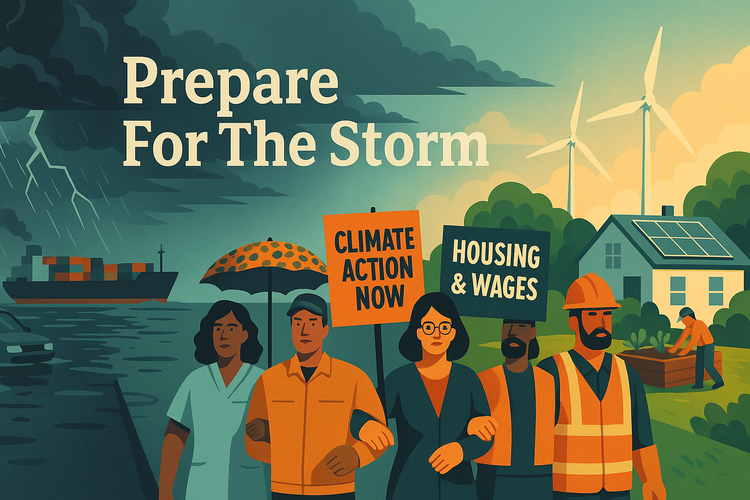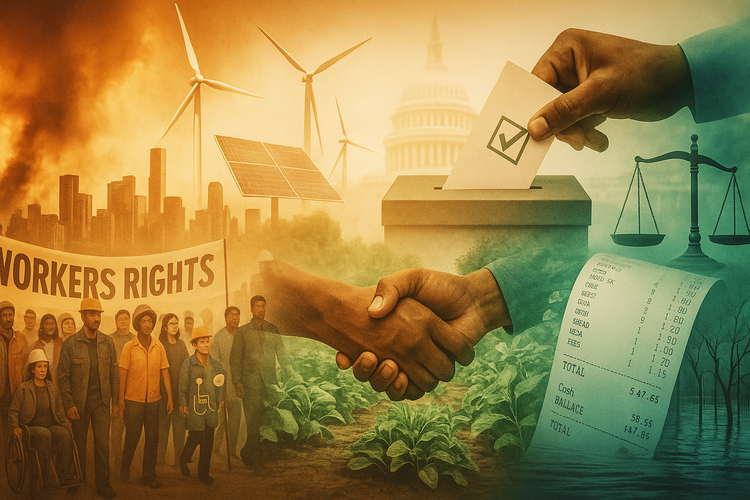The Harsh Reality of Climate Resiliency

I don’t like the term “climate resiliency” because it feels like we’ve lost the war against climate change. It feels like it could be easily co-opted by corporations to excuse their bad environmental behavior. Yet, you and I have to face the harsh reality that we do need to become resilient against the coming floods, heat waves, and food shortages. All within the next few decades.
I first heard the term “resilience” in the context of flooding in the NYC subways. I had just joined a new Engineering firm, and our client, NYC Transit, was grappling with how to protect the subway system from flooding. They want to make the subways more resilient to stormwater getting on the tracks and taking out the power systems.
A high-intensity, short-duration storm in August of 2007 flooded portions of the subway system and knocked out service for millions of people. The firm I worked for was tasked with looking for ways to prevent this from happening again.
The culprits that led to the flooding were a bad curb reveal, an undersized and old stormwater system, and the proximity of subway ventilation grates to the roadway. These three things, in conjunction with the high-intensity storm, allowed stormwater to enter the subway system and overwhelm their pump systems.
We worked on the project and identified key locations that were vulnerable and fortified them. The project was a success because the lessons learned were applied to help limit the damage that Hurricane Sandy wrought a few short years later.
I was proud of the work we did for this project, but it made me wonder about the criteria we used to design various structures. We design bridges, roads, and stormwater systems based on capacity or rainfall events. A municipal stormwater system with inlets and manholes might be designed to only handle the rainfall from a 10-year storm event, a storm with such intensity and volume that has a 10% chance of happening in a year.
Surprisingly, a lot of the infrastructure that’s built in this country is based on population growth for a local area or the probability of a rainfall event happening, and that paradigm is based on a climate that exists in a happy equilibrium. We know now that the climate equilibrium is not that steady anymore and it’s moving out of its stasis.
The question that worries me is this: how ready are we, from an infrastructure viewpoint, to handle deadly heatwaves, violent rainstorms, and dangerous weather? How resilient are we to keep life going while we work to blunt climate change’s impact on the world?




